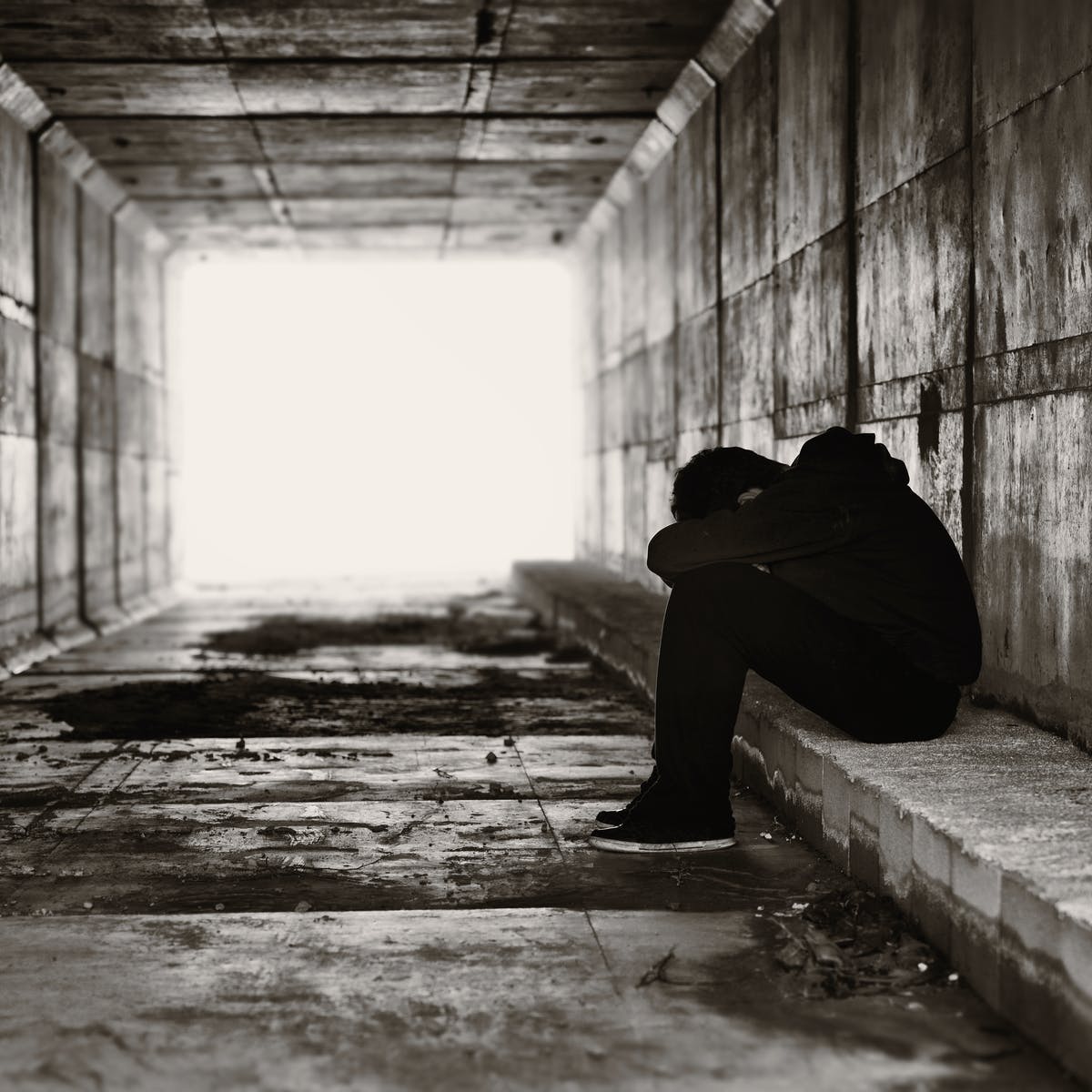
By Nyasha Dube, Civil Society Organizations (CSOs) have been cautioned against prioritising the girl child at the expense of the boy child when drafting intervention strategies.
Most intervention strategies tend to exclude the boy child and place much focus on the girl child.
This follows an increase in cases of young boys who are experiencing abuse from older women, or their peers.
Forms of abuse include sexual, physical, emotional, neglect etc, and this has increased male vulnerability.
Whilst the girl child has been vulnerable over the years, the boy child has been totally secluded such that they have become equally vulnerable, if not more.
Women’s Weekly Journal caught up with Development Practitioner Ngonidzashe Sesemani who expressed deep concern over the gender gap in CSO intervention strategies.
“There’s been a lot of emphasis on issues affecting girls and women at the expense of boys and men. Yes it is true that for many years women were disadvantaged, but there is need to come up with interventions that address issues faced by boys,” he said.
Women rights advocate Danny Nyamushamba shared the same sentiments as he said affirmative action is slowly neglecting the boy child thereby creating reverse discrimination and demeaning the purpose of achieving gender equality.
“We totally understand the background and context of how the girl child used to be disadvantaged, but if we become extremely biased we start creating another problem,” said Nyamushamba.
He added that the boy child is now facing the same challenges that used to be faced by the girl child.
“Boys have become vulnerable. Even when they are abused, their cases are not given as much attention as when a girl is a victim. Equity is now being abused as girls are now getting more at the expense of the boy child. Personally I would prefer equality over equity, let’s start afresh and distribute opportunities equally between both genders,” he said.
Abused boys, just like girls, tend to suffer from psychological and emotional instability, post traumatic stress, anxiety, depression, having suicidal thoughts, sexual dysfunction, substance abuse among others, and often end up hurting or harming others later on in life while perceiving those acts as normal.
According to world statistics, 5-10% of boys worldwide are abused every year and 1 in 6 boys is sexually abused during childhood.
However, there might be more cases that go unreported because of several barriers.
Sesemani says despite all this, CSO strategies tend to be biased to one gender.
“You will find that in terms of intervention strategies, when it comes to girls and women engagement we are very clear about what we want to achieve but when it comes to boys and men our strategies tend to be very weak”
Ngonidzashe Sesemani, Development Practitioner
“As CSOs we need to include bother genders, including men and boys who are victims of abuse. The reason why we are failing to realise gender equality might be because our interventions are largely focusing on women and girls,” added Sesemani.
Nyamushamba also challenged CSOs to put the same effort in uplifting both the boy and girl child.
“Being one sided will create problems for us. Ten years down the line we we start realising the gap, then we will spend another decade undoing the damage that could have been avoided. So as CSOs we need to strike a balance between the boy and girl child”
Danny Nyamushamba, Women rights advocate
Child abuse and maltreatment has a bearing later on in the child’s life as an adult. They may end up perpetrating the same behavior.
The issue of sexual abuse against boys is rarely talked about in the news or other platforms but it is more common than we may think. Stories of boys who become victims of sexual abuse go unsaid and undiscussed.
Protecting the boy child is often seen as unnecessary because of patriachy which glorifies masculinity that breeds stereotypes such as that boys are tough, sexually dominant and they must not cry or show any emotions.
However, just like girls, boys can be forced into a sexual act, where they do not willingly consent maybe because of underage or other factors.
This is often called sex but in reality it is sexual assault.
Terminology matters when handling such issues. It’s high time we call a spade a spade and start pointing out sexual assault or rape against boys.
Even the Section 65 (1)27 of the Constitution of Zimbabwe describes rape as a crime where a male person has vaginal or anal intercourse with a female person without her consent, and this creates a gap when a boy is coerced into sex.
It is also important to note that it’s not only girls’ bodies that are sensitive, but boys as well. When a boy is touched inapproprietly we need to act as fast as we do when a girl is in the same predicament.
If we are ever going to achieve a society with gender equality, then we have to start believing that boys can feel pain just like girls, at the same time acknowledging that the problem of violence against girls and women cannot be solved without addressing violence against men and boys. Or else we will continue raising monsters disguised as “strong men”.